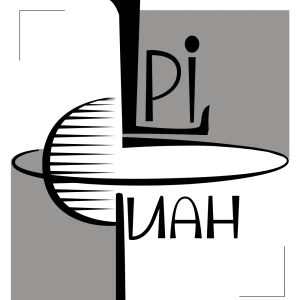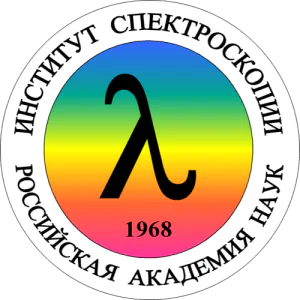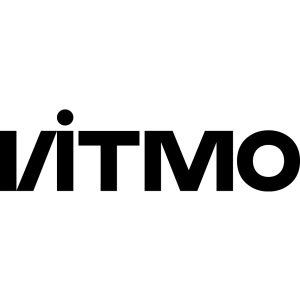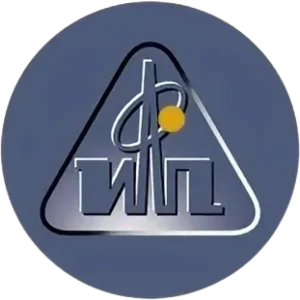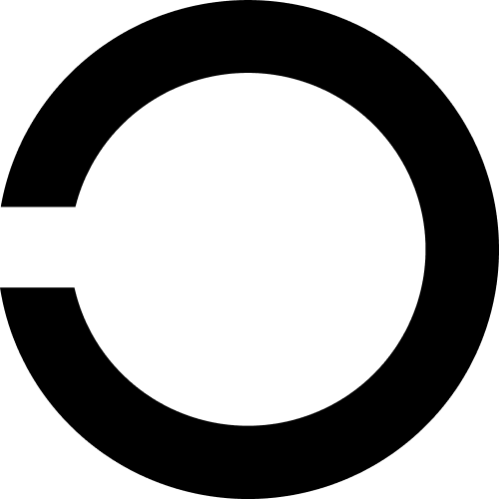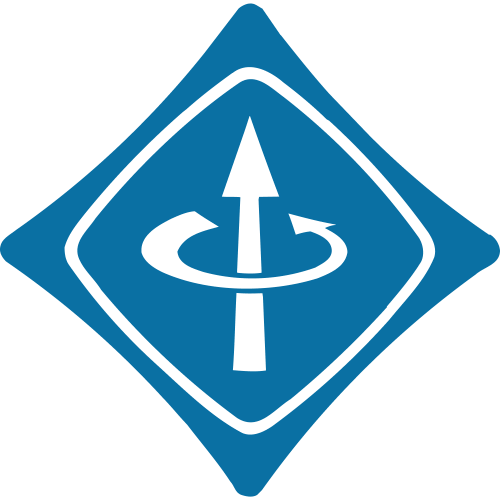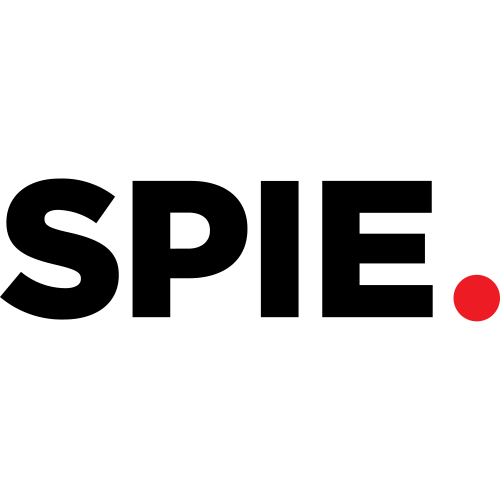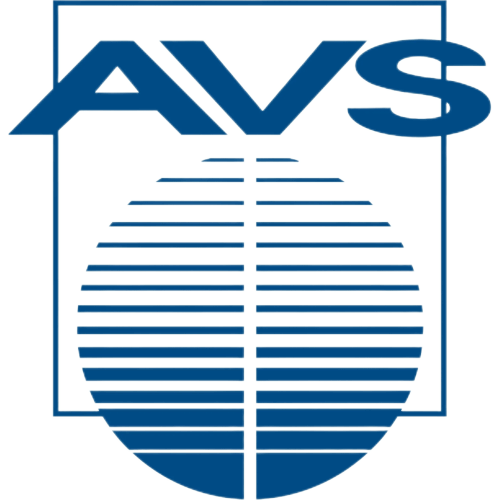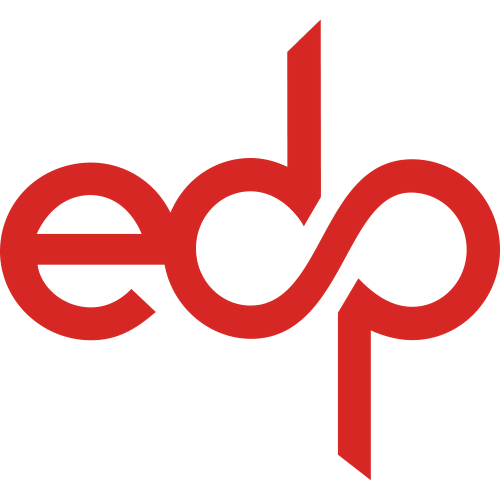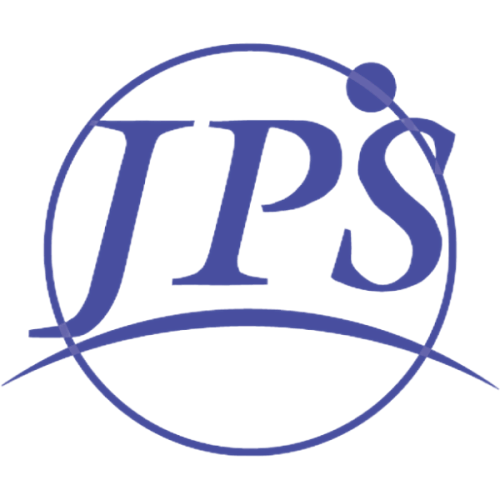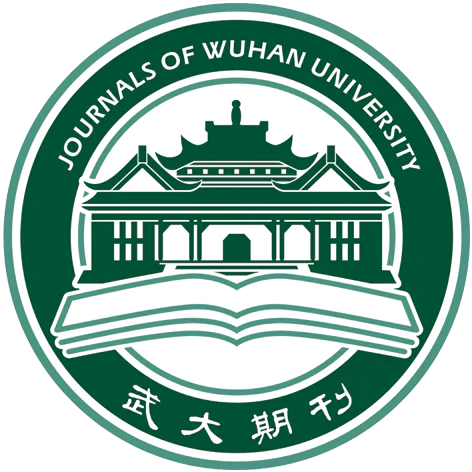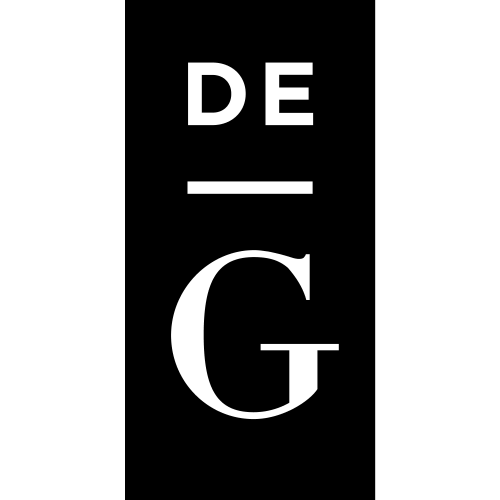Towards non-blinking colloidal quantum dots
Benoît Mahler
1
,
Piernicola Spinicelli
2
,
Stephanie Buil
3
,
Xavier Quelin
3
,
Jean-Pierre Hermier
2, 3
,
Benoit Dubertret
1
1
Laboratoire Photons Et Matière, CNRS UPR5, 75231 Paris, France
|
Publication type: Journal Article
Publication date: 2008-06-22
scimago Q1
wos Q1
SJR: 14.204
CiteScore: 61.8
Impact factor: 38.5
ISSN: 14761122, 14764660
DOI:
10.1038/nmat2222
PubMed ID:
18568030
General Chemistry
Condensed Matter Physics
General Materials Science
Mechanical Engineering
Mechanics of Materials
Abstract
At a single-molecule level, fluorophore emission intensity fluctuates between bright and dark states. These fluctuations, known as blinking, limit the use of fluorophores in single-molecule experiments. The dark-state duration shows a universal heavy-tailed power-law distribution characterized by the occurrence of long non-emissive periods. Here we have synthesized novel CdSe–CdS core–shell quantum dots with thick crystalline shells, 68% of which do not blink when observed individually at 33 Hz for 5 min. We have established a direct correlation between shell thickness and blinking occurrences. Importantly, the statistics of dark periods that appear at high acquisition rates (1 kHz) are not heavy tailed, in striking contrast with previous observations. Blinking statistics are thus not as universal as thought so far. We anticipate that our results will help to better understand the physico-chemistry of single-fluorophore emission and rationalize the design of other fluorophores that do not blink. One of the obstacles in using nanocrystals as fluorophores is that they tend to blink. This was thought to be a very general feature. Now, very-high-quality core–shell CdSe–CdS nanocrystals showing highly reduced blinking have been grown. The reduced blinking seems to be related to the thickness of the CdS shell and the high quality of the core–shell interfaces.
Found
Nothing found, try to update filter.
Found
Nothing found, try to update filter.
Top-30
Journals
|
10
20
30
40
50
60
|
|
|
Nano Letters
58 publications, 7.8%
|
|
|
ACS Nano
52 publications, 6.99%
|
|
|
Journal of Physical Chemistry C
43 publications, 5.78%
|
|
|
Journal of the American Chemical Society
33 publications, 4.44%
|
|
|
Physical Review B
20 publications, 2.69%
|
|
|
Chemistry of Materials
20 publications, 2.69%
|
|
|
Journal of Physical Chemistry Letters
18 publications, 2.42%
|
|
|
Applied Physics Letters
17 publications, 2.28%
|
|
|
Nanoscale
13 publications, 1.75%
|
|
|
Advanced Functional Materials
11 publications, 1.48%
|
|
|
Nature Communications
10 publications, 1.34%
|
|
|
Scientific Reports
9 publications, 1.21%
|
|
|
Small
9 publications, 1.21%
|
|
|
Physical Chemistry Chemical Physics
9 publications, 1.21%
|
|
|
Nature Nanotechnology
8 publications, 1.08%
|
|
|
Nanotechnology
8 publications, 1.08%
|
|
|
Advanced Materials
8 publications, 1.08%
|
|
|
Chemical Reviews
8 publications, 1.08%
|
|
|
ACS Photonics
8 publications, 1.08%
|
|
|
Journal of Materials Chemistry C
8 publications, 1.08%
|
|
|
Journal of Applied Physics
7 publications, 0.94%
|
|
|
Physical Review Letters
6 publications, 0.81%
|
|
|
Chemical Society Reviews
6 publications, 0.81%
|
|
|
ChemPhysChem
5 publications, 0.67%
|
|
|
Journal of Materials Chemistry A
5 publications, 0.67%
|
|
|
Optics Express
5 publications, 0.67%
|
|
|
Journal of Luminescence
4 publications, 0.54%
|
|
|
Nano Research
4 publications, 0.54%
|
|
|
MRS Bulletin
4 publications, 0.54%
|
|
|
10
20
30
40
50
60
|
Publishers
|
50
100
150
200
250
300
|
|
|
American Chemical Society (ACS)
263 publications, 35.35%
|
|
|
Springer Nature
87 publications, 11.69%
|
|
|
Wiley
77 publications, 10.35%
|
|
|
Elsevier
67 publications, 9.01%
|
|
|
Royal Society of Chemistry (RSC)
65 publications, 8.74%
|
|
|
AIP Publishing
32 publications, 4.3%
|
|
|
American Physical Society (APS)
31 publications, 4.17%
|
|
|
IOP Publishing
27 publications, 3.63%
|
|
|
MDPI
13 publications, 1.75%
|
|
|
Institute of Electrical and Electronics Engineers (IEEE)
11 publications, 1.48%
|
|
|
Optica Publishing Group
9 publications, 1.21%
|
|
|
Pleiades Publishing
6 publications, 0.81%
|
|
|
Taylor & Francis
5 publications, 0.67%
|
|
|
Cambridge University Press
5 publications, 0.67%
|
|
|
SPIE-Intl Soc Optical Eng
4 publications, 0.54%
|
|
|
Beilstein-Institut
2 publications, 0.27%
|
|
|
American Vacuum Society
2 publications, 0.27%
|
|
|
Uspekhi Fizicheskikh Nauk Journal
2 publications, 0.27%
|
|
|
Frontiers Media S.A.
2 publications, 0.27%
|
|
|
EDP Sciences
1 publication, 0.13%
|
|
|
The Royal Society
1 publication, 0.13%
|
|
|
Physical Society of Japan
1 publication, 0.13%
|
|
|
SAGE
1 publication, 0.13%
|
|
|
Higher Education Press
1 publication, 0.13%
|
|
|
Wuhan University
1 publication, 0.13%
|
|
|
Cellule MathDoc/Centre Mersenne
1 publication, 0.13%
|
|
|
University of Electronic Science and Technology of China
1 publication, 0.13%
|
|
|
Scientific Research Publishing
1 publication, 0.13%
|
|
|
Walter de Gruyter
1 publication, 0.13%
|
|
|
50
100
150
200
250
300
|
- We do not take into account publications without a DOI.
- Statistics recalculated weekly.
Are you a researcher?
Create a profile to get free access to personal recommendations for colleagues and new articles.
Metrics
744
Total citations:
744
Citations from 2024:
50
(6.72%)
Cite this
GOST |
RIS |
BibTex |
MLA
Cite this
GOST
Copy
Mahler B. et al. Towards non-blinking colloidal quantum dots // Nature Materials. 2008. Vol. 7. No. 8. pp. 659-664.
GOST all authors (up to 50)
Copy
Mahler B., Spinicelli P., Buil S., Quelin X., Hermier J., Dubertret B. Towards non-blinking colloidal quantum dots // Nature Materials. 2008. Vol. 7. No. 8. pp. 659-664.
Cite this
RIS
Copy
TY - JOUR
DO - 10.1038/nmat2222
UR - https://doi.org/10.1038/nmat2222
TI - Towards non-blinking colloidal quantum dots
T2 - Nature Materials
AU - Mahler, Benoît
AU - Spinicelli, Piernicola
AU - Buil, Stephanie
AU - Quelin, Xavier
AU - Hermier, Jean-Pierre
AU - Dubertret, Benoit
PY - 2008
DA - 2008/06/22
PB - Springer Nature
SP - 659-664
IS - 8
VL - 7
PMID - 18568030
SN - 1476-1122
SN - 1476-4660
ER -
Cite this
BibTex (up to 50 authors)
Copy
@article{2008_Mahler,
author = {Benoît Mahler and Piernicola Spinicelli and Stephanie Buil and Xavier Quelin and Jean-Pierre Hermier and Benoit Dubertret},
title = {Towards non-blinking colloidal quantum dots},
journal = {Nature Materials},
year = {2008},
volume = {7},
publisher = {Springer Nature},
month = {jun},
url = {https://doi.org/10.1038/nmat2222},
number = {8},
pages = {659--664},
doi = {10.1038/nmat2222}
}
Cite this
MLA
Copy
Mahler, Benoît, et al. “Towards non-blinking colloidal quantum dots.” Nature Materials, vol. 7, no. 8, Jun. 2008, pp. 659-664. https://doi.org/10.1038/nmat2222.


